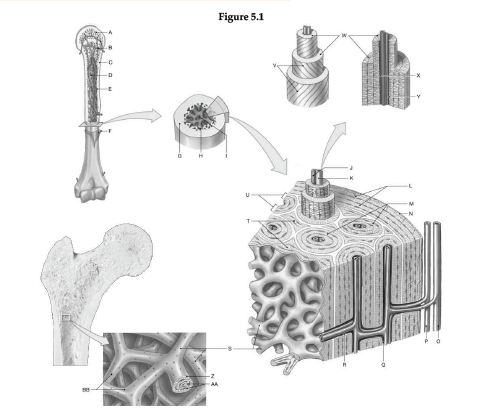A diagnostic test for congenital defects of the ureter, bladder, and urethra includes:
A) Excretory urography.
B) Prenatal ultrasound.
C) MRI.
D) Biopsy of the affected part.
Ans: A) Excretory urography.
You might also like to view...
Using the figure below, identify the labeled part.

1) Label A: ______________________________
2) Label B: ______________________________
3) Label C: ______________________________
4) Label D: ______________________________
5) Label E: ______________________________
6) Label F: ______________________________
7) Label G: ______________________________
8) Label H: ______________________________
9) Label I: ______________________________
10) Label J: ______________________________
11) Label K: ______________________________
12) Label L: ______________________________
13) Label M: ______________________________
14) Label N: ______________________________
15) Label O: ______________________________
16) Label P: ______________________________
17) Label Q: ______________________________
18) Label R: ______________________________
19) Label S: ______________________________
20) Label T: ______________________________
21) Label U: ______________________________
22) Label V: ______________________________
23) Label W: ______________________________
24) Label X: ______________________________
25) Label Y: ______________________________
26) Label Z: ______________________________
27) Label AA: ______________________________
28) Label BB: ______________________________
The enveloped viruses typically obtain their envelope
A. from the host plasma membrane. B. as they exit the host. C. from a newly constructed viral-derived membrane. D. from the nuclear membrane. E. from the host plasma membrane AND as they exit the host.
If the peptidoglycan layer is between two plasma membranes in an organism, that organism is
a. Gram-negative b. an archaean c. Gram-positive d. chemoautotrophic e. eukaryotic
Suppose you are culturing tobacco in a petri dish at a 10:1 ratio of auxin to cytokinin. To promote only
shoot development you would
a. increase the cytokinin ratio b. increase the auxin ratio c. reduce the auxin level significantly and increase the cytokinin level slightly d. grow the tobacco in the dark e. grow the tobacco in the light